The English Cemetery
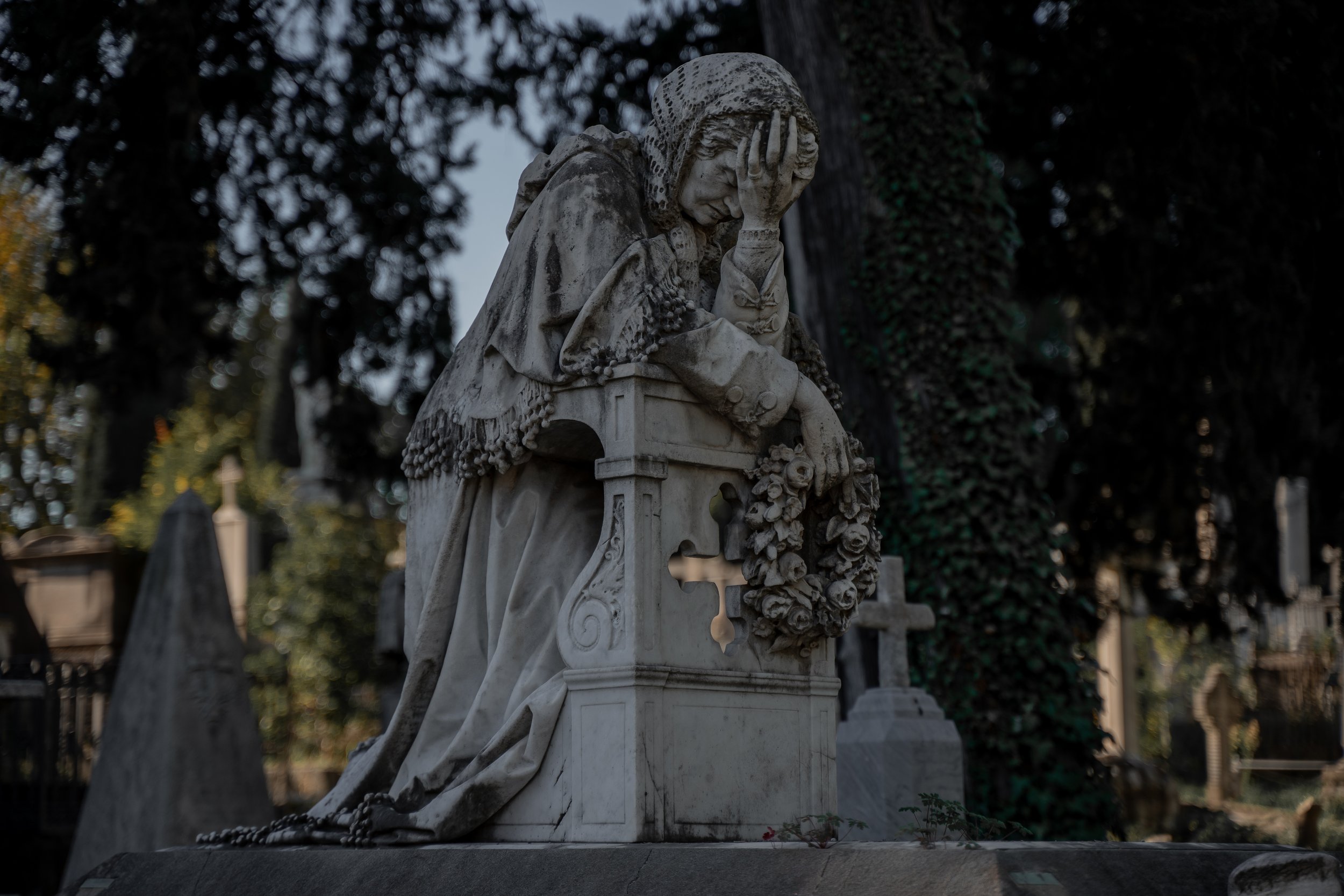
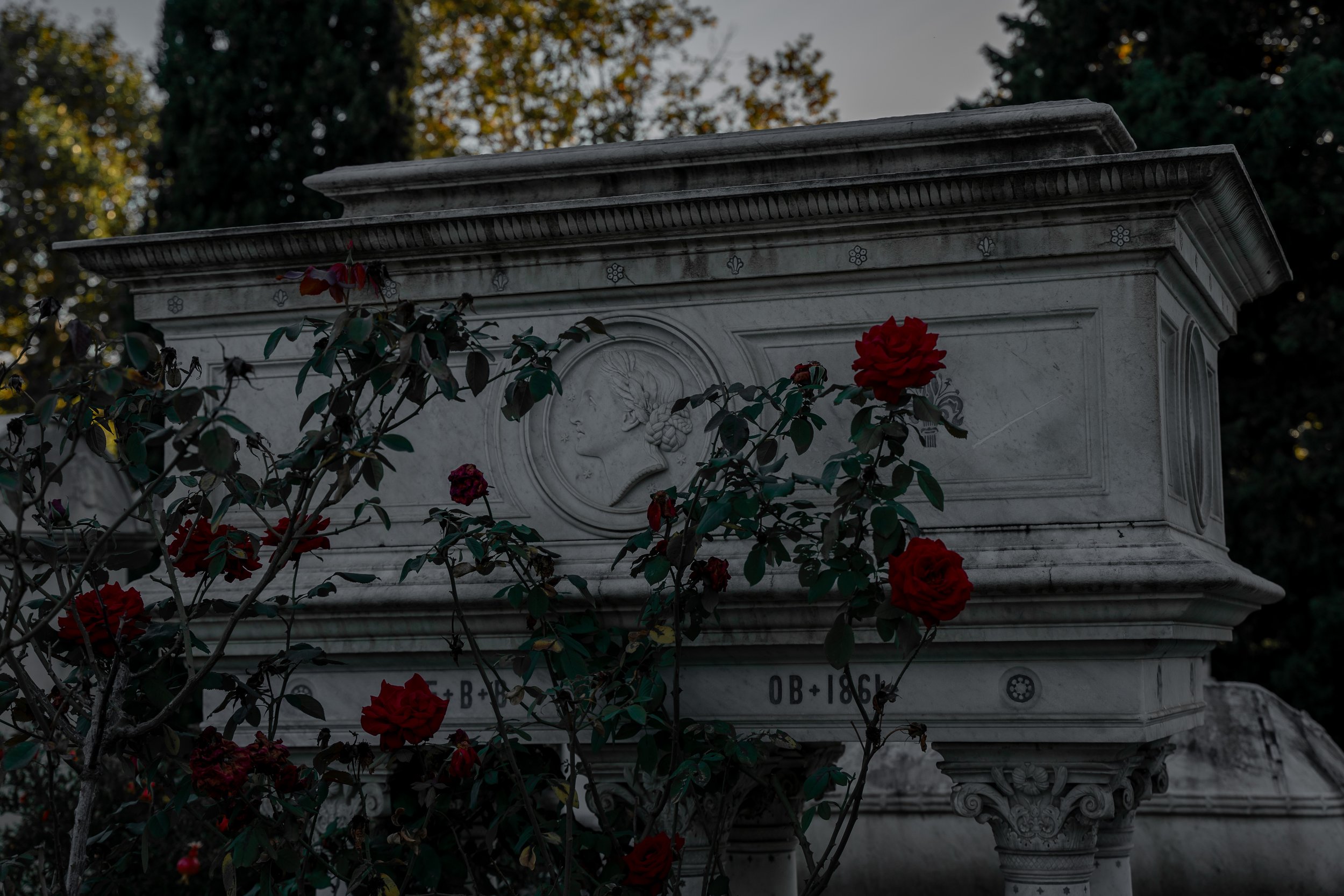
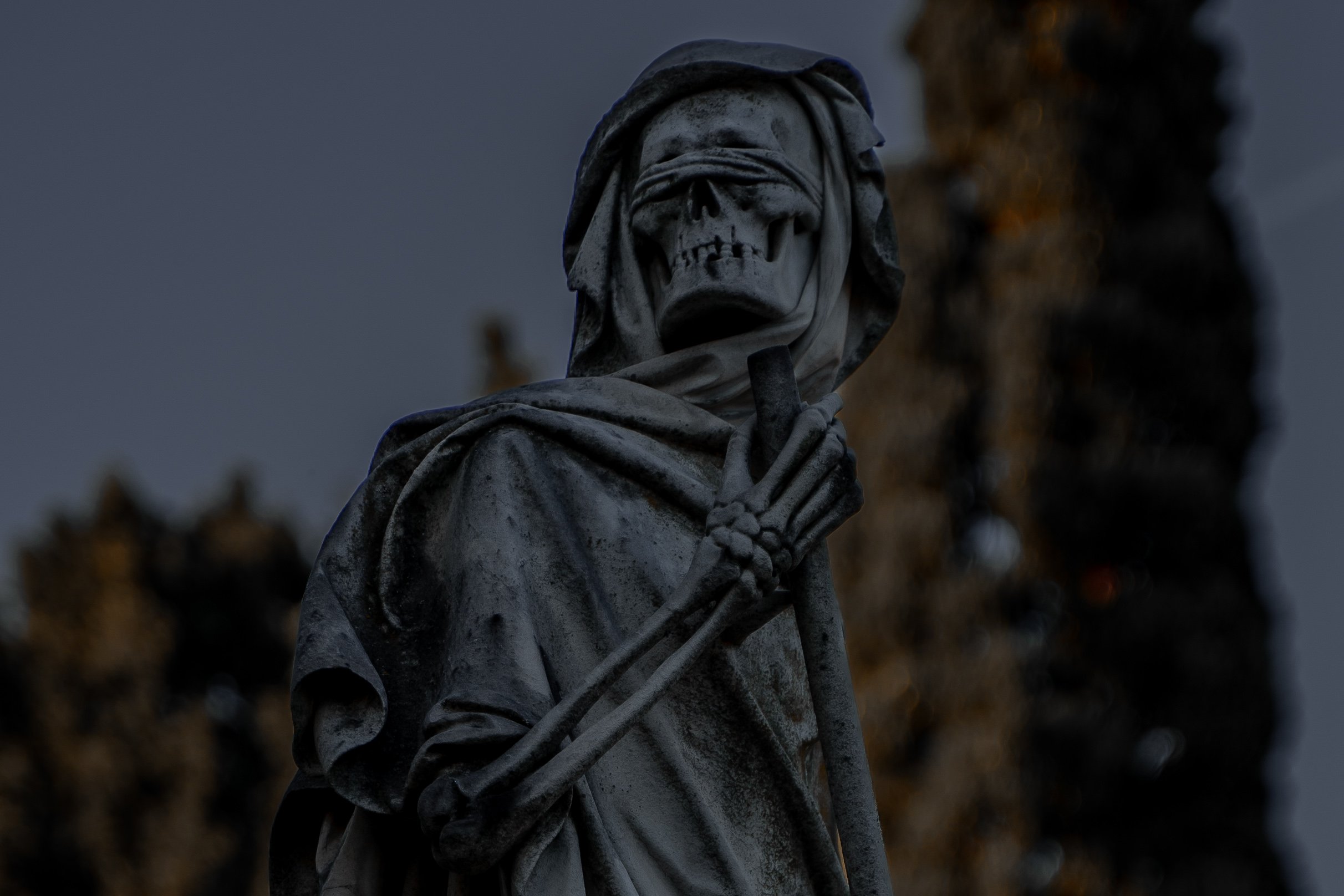
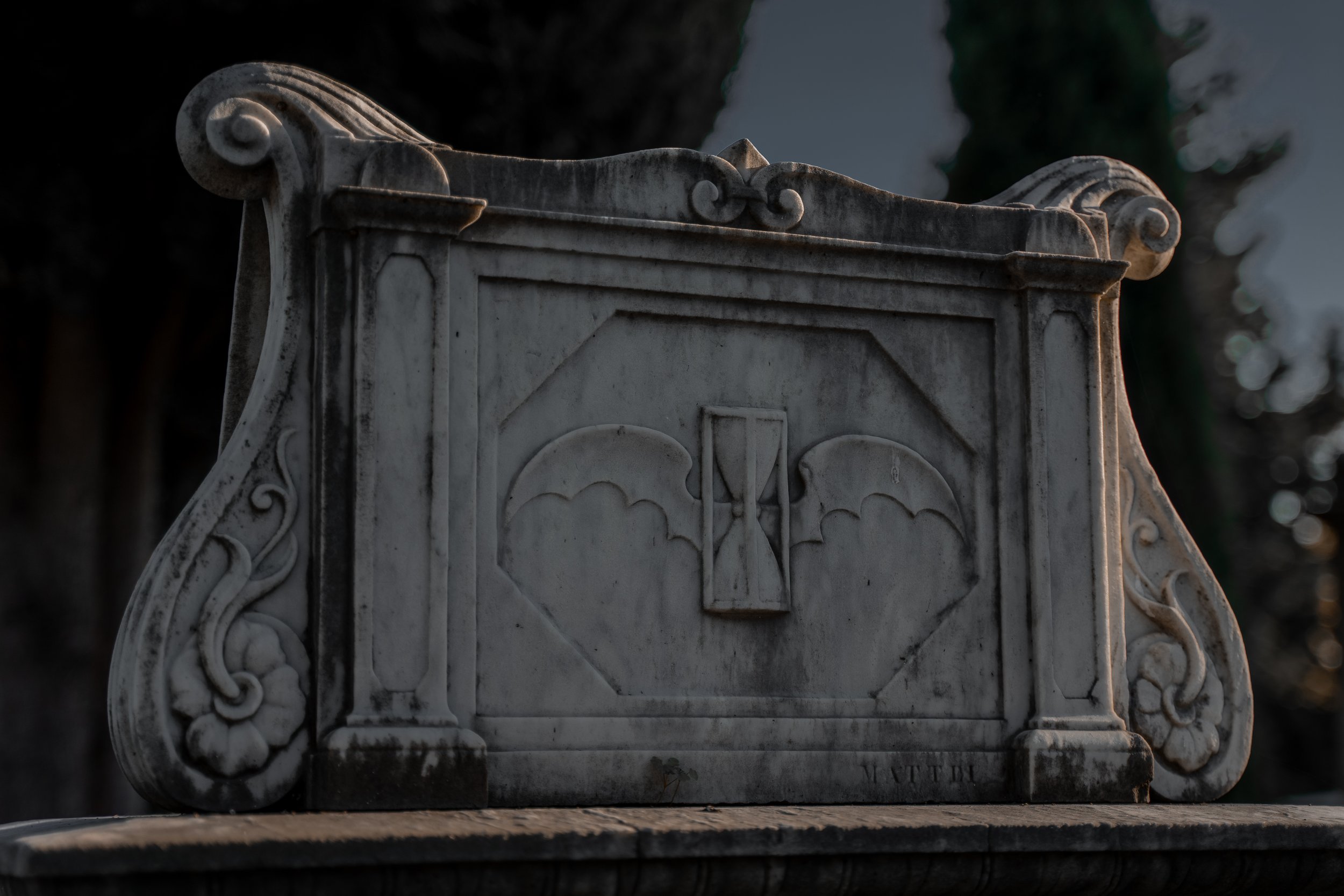
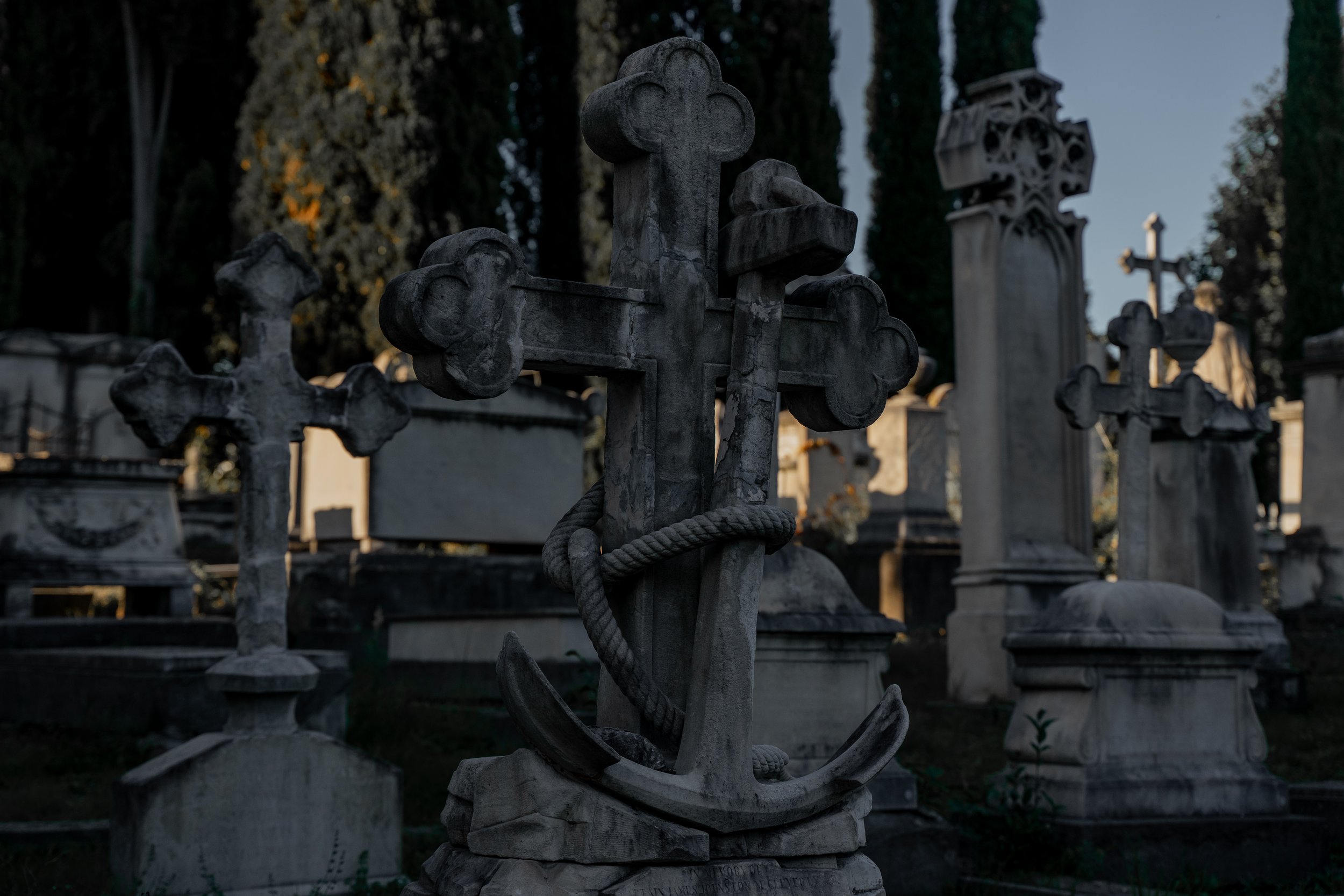
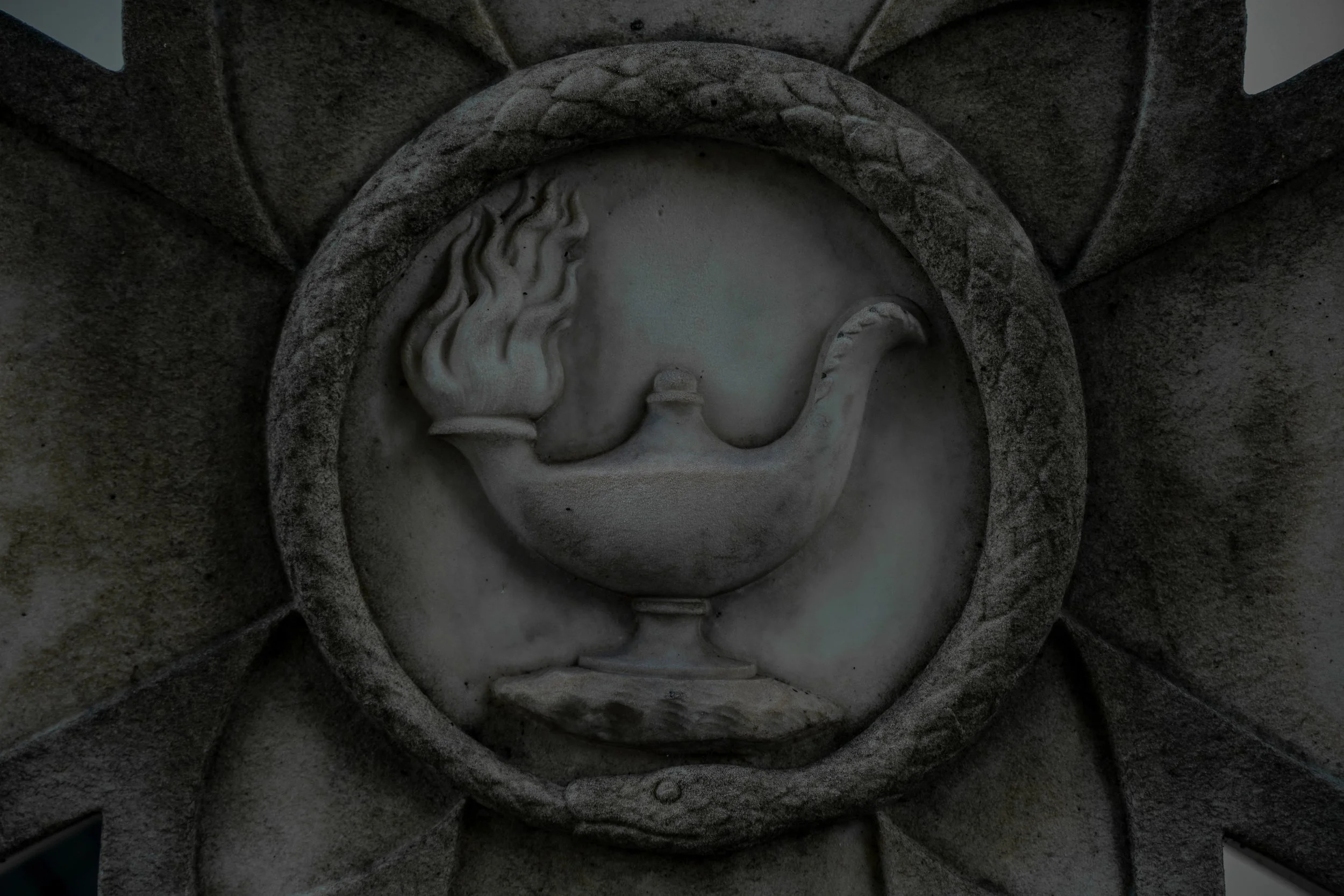
This magnificent Victorian cemetery is also known to locals as the ‘Isle of the Dead’ due to the burial site’s peculiar location on a small hill surrounded by a ring of busy streets. In 1827 the plot of land was purchased by the Reformed Church of Switzerland and became the first Protestant cemetery in Florence. It provided a burial place for many poets, writers, sculptors, scientists and artists, including the famous poet Elizabeth Barrett Browning and the last descendants of William Shakespeare. Over one thousand non-Catholic people from various countries are entombed here but most were from Anglo-Saxon roots, hence the name was given of ‘The English Cemetery’.
The humble yet fascinating cemetery has an array of artistic tombs and monuments created by notable sculptors of the 19th century. I loved the free-flowing design and the different elevated levels which were intertwined with cypress trees and wild foliage creating a rather poetic and sublime atmosphere.
As you enter the enchanting grounds you will see a gravel path leading up the hill to a large commemorative column which was donated by Frederick William IV, King of Prussia. Around halfway up you will uncover Elizabeth Barrett Browning’s large white marble sarcophagus featuring an elegant portrait carved in a medallion on the side of her tomb which is framed by a gorgeous rose bush.
Around the central area at the top of the slope you can locate many remarkable examples of memento mori in the form of winged hourglasses in many different shapes and sizes. One which particularly caught my eye was a chest with an hourglass featuring bat shaped wings carved on the side!
If you explore the lower levels of the cemetery there are many more highly artistic graves to marvel at including the emotive memorial to anthropologist Arnold Savage Landor, which portrays a moving statue of his mourning mother full of grief, with her head in her hands.
Situated in the Southwest section of the cemetery, you will find one of the most interesting residents, a life-sized carving of a grim reaper holding a scythe. The intricate design of this macabre cloaked figure is really quite amazing, with its sharp bone structure, grimacing teeth and a weathered rag covering its eye sockets. The grave belongs to Andrea di Mariano Casentini who died in 1870, but it seems a mystery as to the reasons why the family commissioned this sculpture to commemorate their child’s death.
As you enjoy wandering around the cemetery keep an eye out for other funeral iconography, including ouroboros connoting the cycle of life and pelicans feeding their young symbolising sacrifices.
Address: Degli Inglesi, Cimitero degli Inglesi, Piazzale Donatello, 38, 50132 Cimitero
